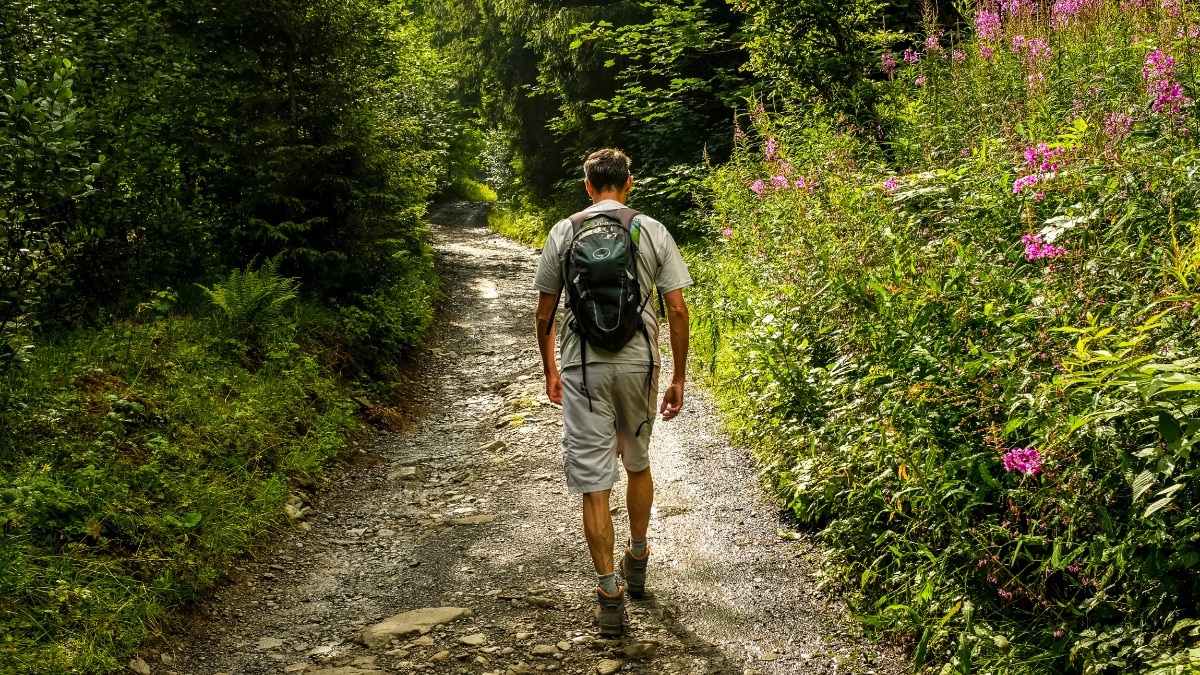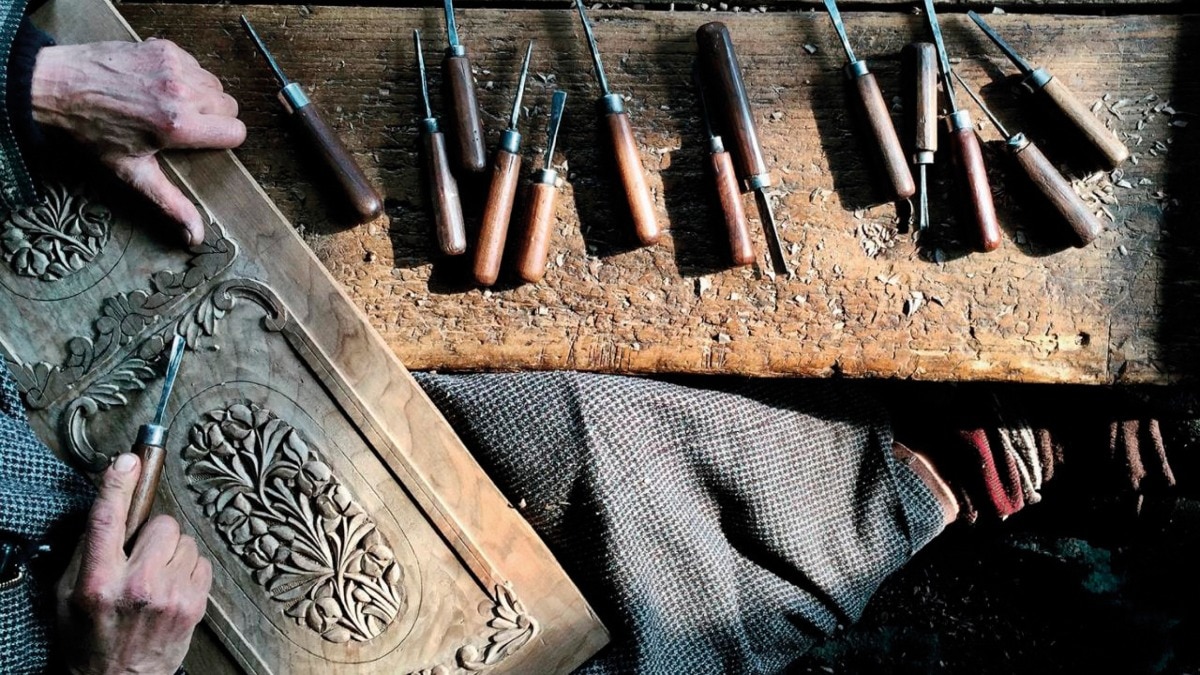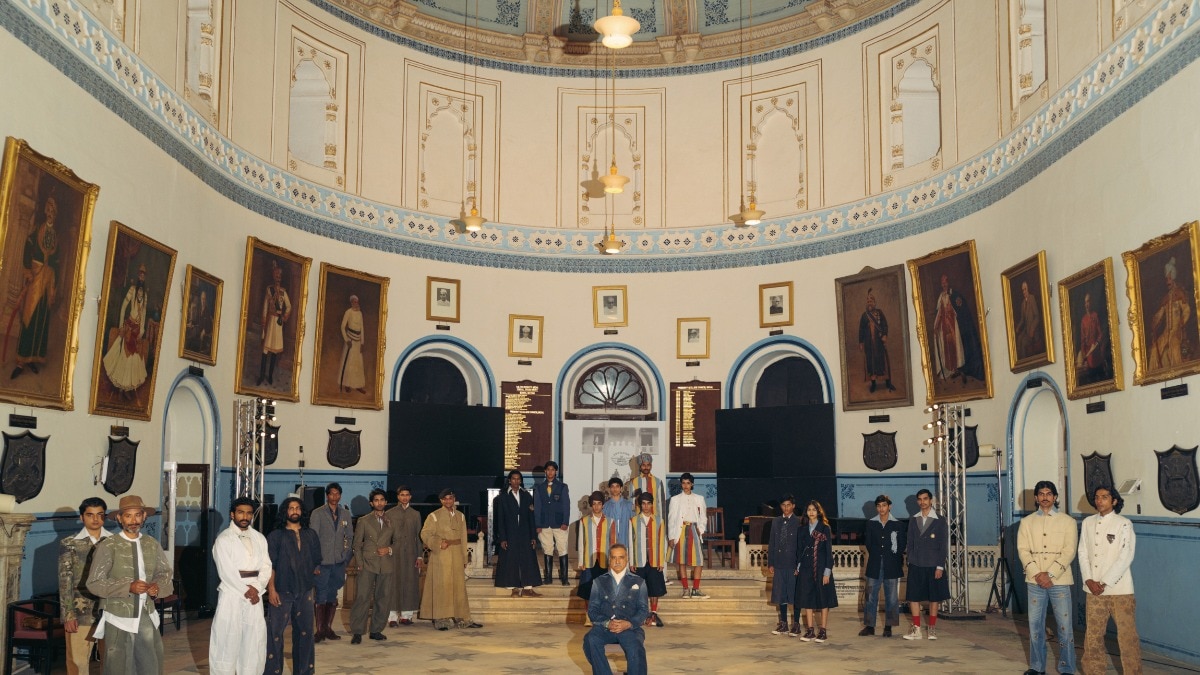A Kashmiri chef is bringing Ladakh's rich tradition of foraging to the forefront
The practice lies at the heart of the Ladakhi kitchen


Foraging is an ancient practice that I have engaged in a lot, having grown up in Kashmir and then Jammu. There is an inherent ancient wisdom at work here—when you live in harmony with the world around you and the seasons, you know what is growing and ripening. And walking through nature, gathering fresh produce has a joy and calm of its own.
On a foraging spree in Ladakh

Foraging means looking for Ladakhi treasure hidden in plain sight. Over the last six months I spent several weeks in Ladakh with Ladakh Basket, a social enterprise that works with over 35 women farmers to empower them, researching, hearing, and understanding the ancient techniques, practices and the rich culinary heritage of the Ladakhi people—it’s a place where all you have to do is step outside the house and you get to forage some of the rarest ingredients that are quite different from the rest of the subcontinent.
In Tukla, I spent some time with Phuntsog Angmo in August where we found the most wonderful variety of wild rose called syah. It grows at 12,000 feet, in July and August, and Phuntsog sun-dries its petals and buds. Its intoxicating fragrance lingered on my hands through the day as I worked in the fields. Another remarkable woman I spent time with is Tsering Yanchen, who lives in a picturesque village called Fulak. Being there with her felt like an incredible privilege and to forage skotse (wild garlic) and kosnyot (wild Himalayan caraway) with her, by a stream outside her house, was an experience I will not forget easily. Subtly fragranced, skotse is foraged in July and August while kosnyot, which has an intense yet delicate aroma reminiscent of cumin and fennel, grows wild in the fields and around lakes in Ladakh. It is traditionally used to flavour kisir (a part of Balti cuisine), which are black buckwheat pancakes.
Rooted in resilience

Ladakh has a unique food culture that is both self reliant and sustainable—communal farming blended with a resilient way of life has historically formed the bedrock of Ladakhi food identity. Among few of the practices that are particular to Ladakh is a baking tradition historically common in its wheat cultivating regions, which is different from baking in a tandoor, like in Kashmir. Secondly, food preservation through sun and shade drying is quite prominent. All vegetables and fruits such as tomatoes, apricots, turnips, apples, and more are sun-dried while greens are shade-dried for the colder months. Even milk and meat are preserved through the same process, which is something that’s not quite prevalent in other Indian states.
Giving Ladakhi food the spotlight it deserves

From my several conversations with farmers, social entrepreneurs, villagers and important stakeholders, I have come to realise that Ladakhi cuisine, unfortunately, is almost on the brink of being forgotten—what’s presented in most hotels or even homes is a bastardised version because neither does it utilise the native ingredients or foraged produce nor does it make use of the heirloom culinary techniques. That’s why Chef Kunzes Angmo and I are incredibly proud of the work we are doing with Ladakh Basket to bring their rarest produce to Mumbai through the Noon x Artisanal Alchemy Dinner this week at Noon. It’s a way for both of us to highlight the trans-Himalayan produce in its traditional glory while coaxing every bit of flavour out of our ingredients. The curated meal uses regional ingredients such as yatpa (in Balti language)— dried tender buckwheat greens from Turtuk—that we have tempered with wild garlic chives or skotse, and served it alongside lacto-fermented gya-labuk (Chinese radishes) from Chef Kunzes Angmo’s garden. We are also showcasing the wild rose, syah in the 10-course tasting menu where the mawa cake baked in a turmeric leaf is infused with syah and kosnyot (wild caraway), and drizzled with rose hip syrup.
Vanika Choudhary is the chef and founder of Noon, a fermentation-focused restaurant, and Sequel, a chain of bistros that champions local, organic produce.
All images: Courtesy Noon










